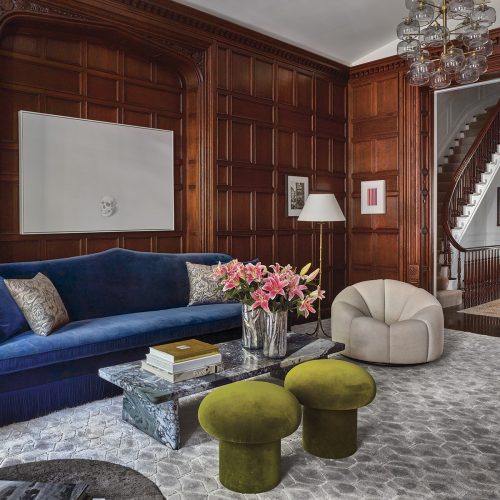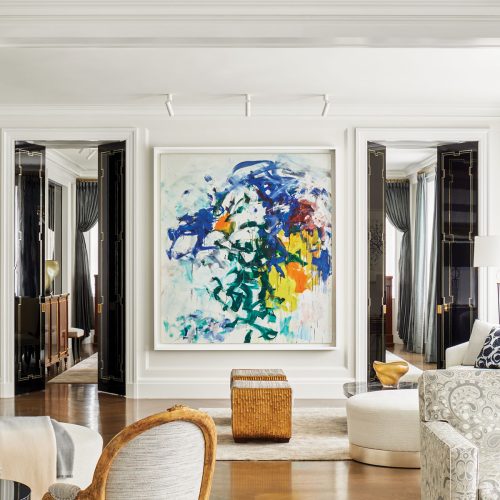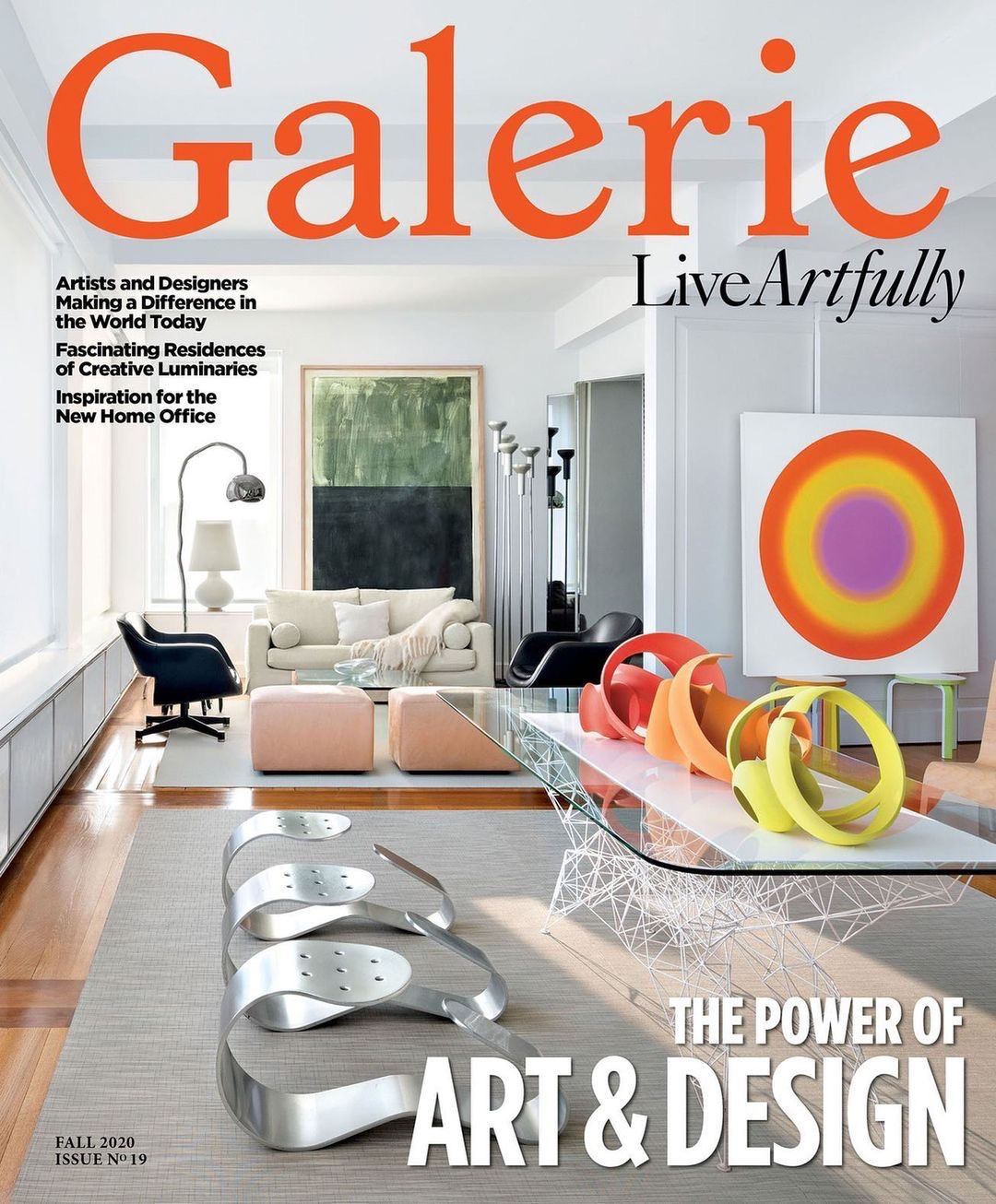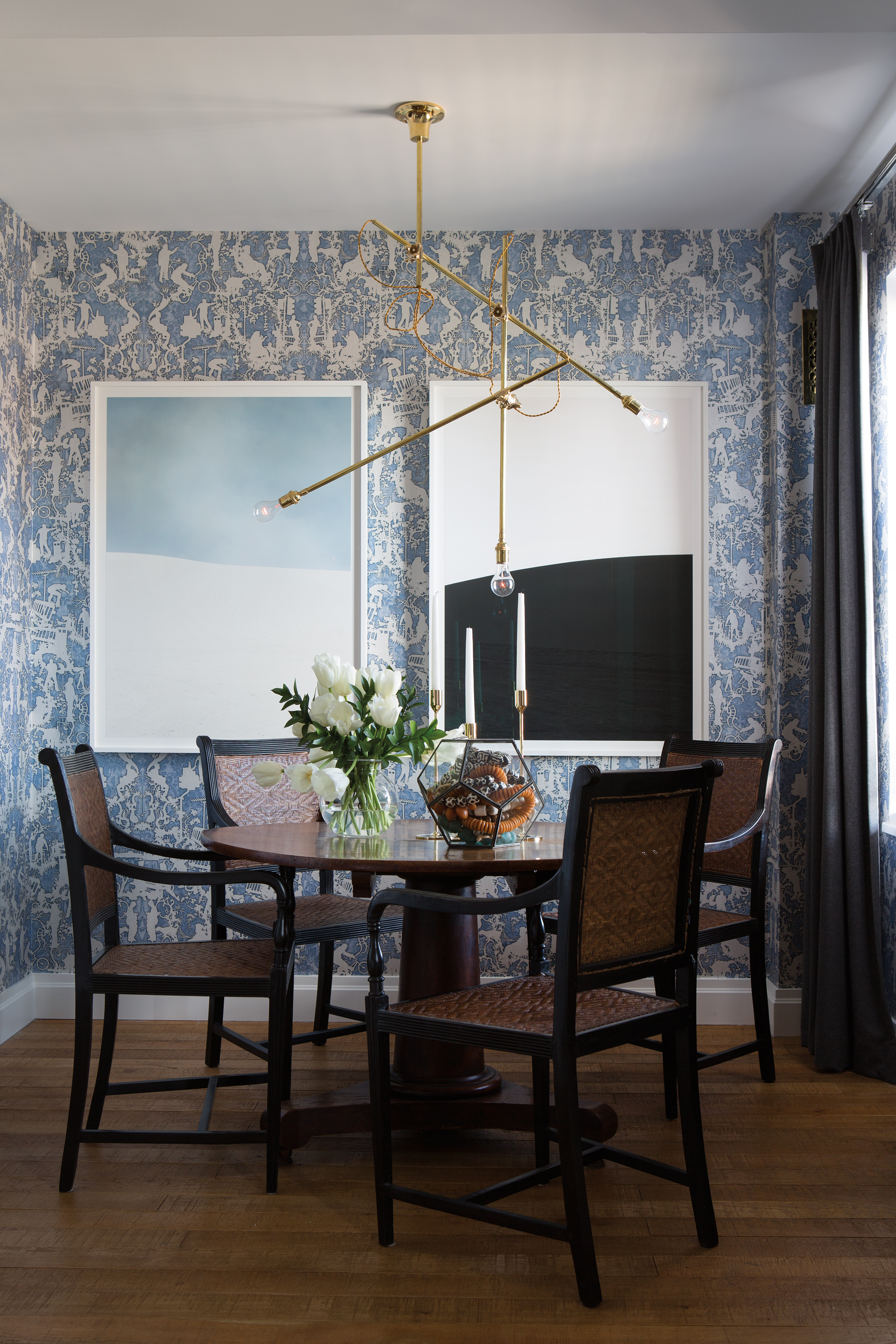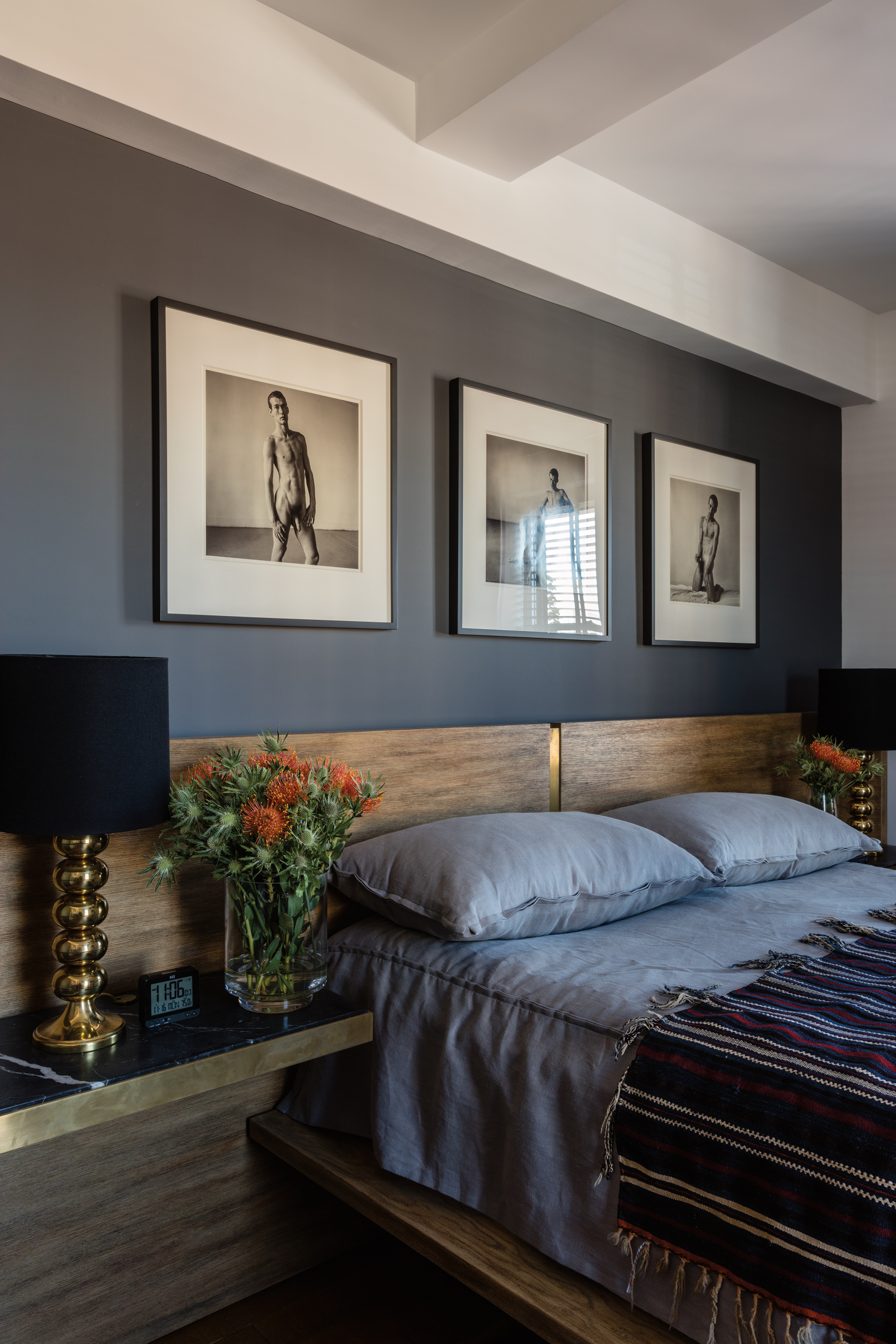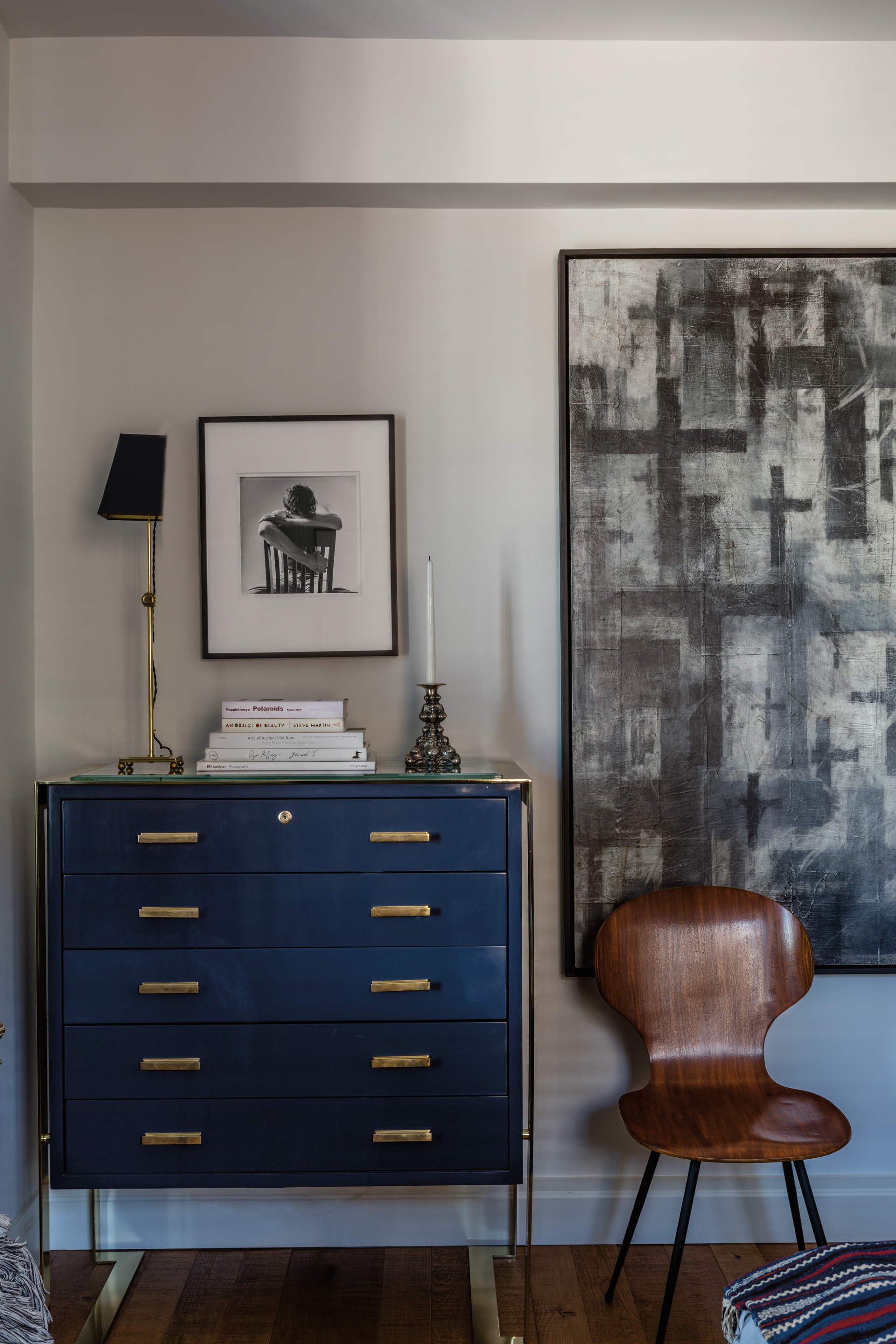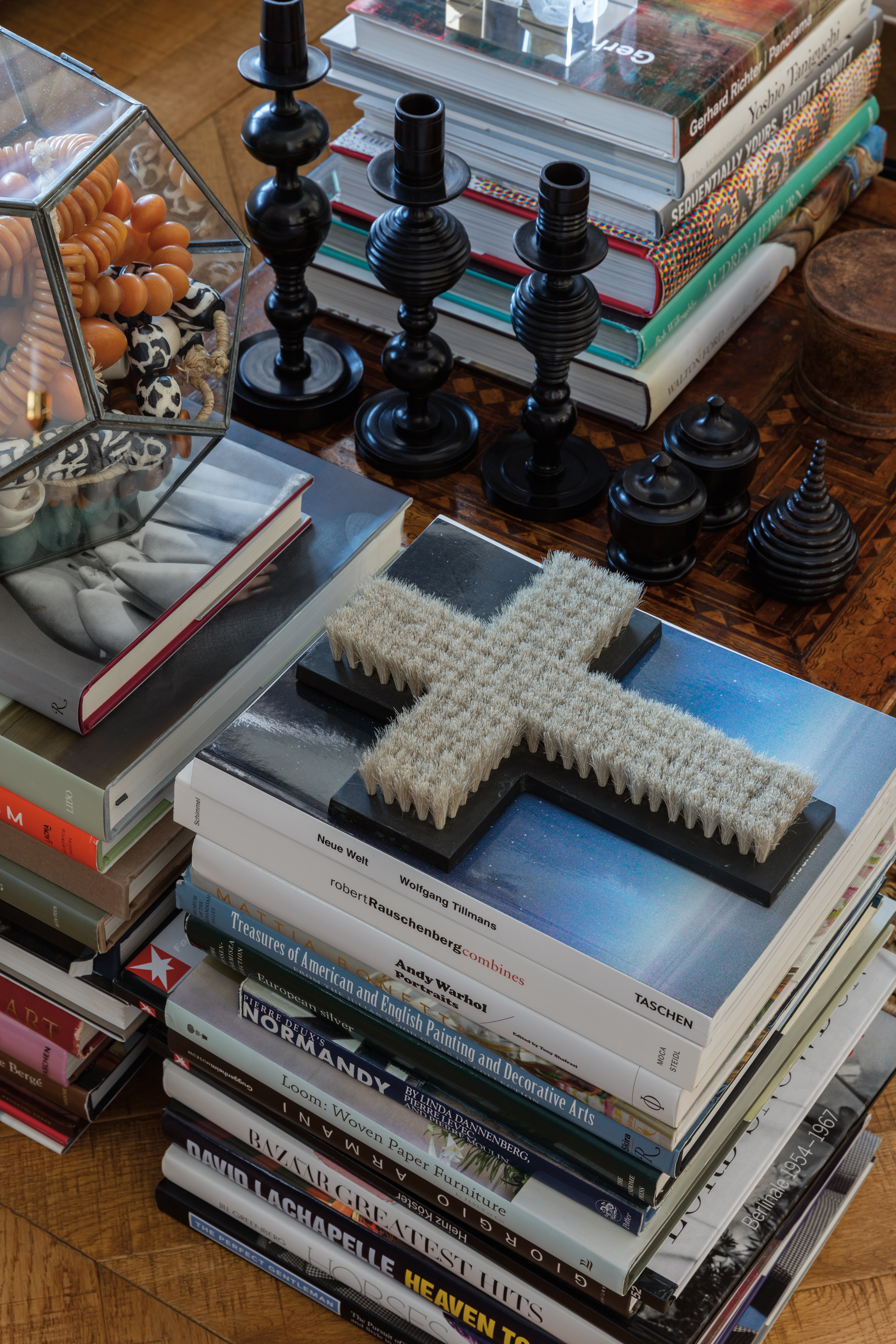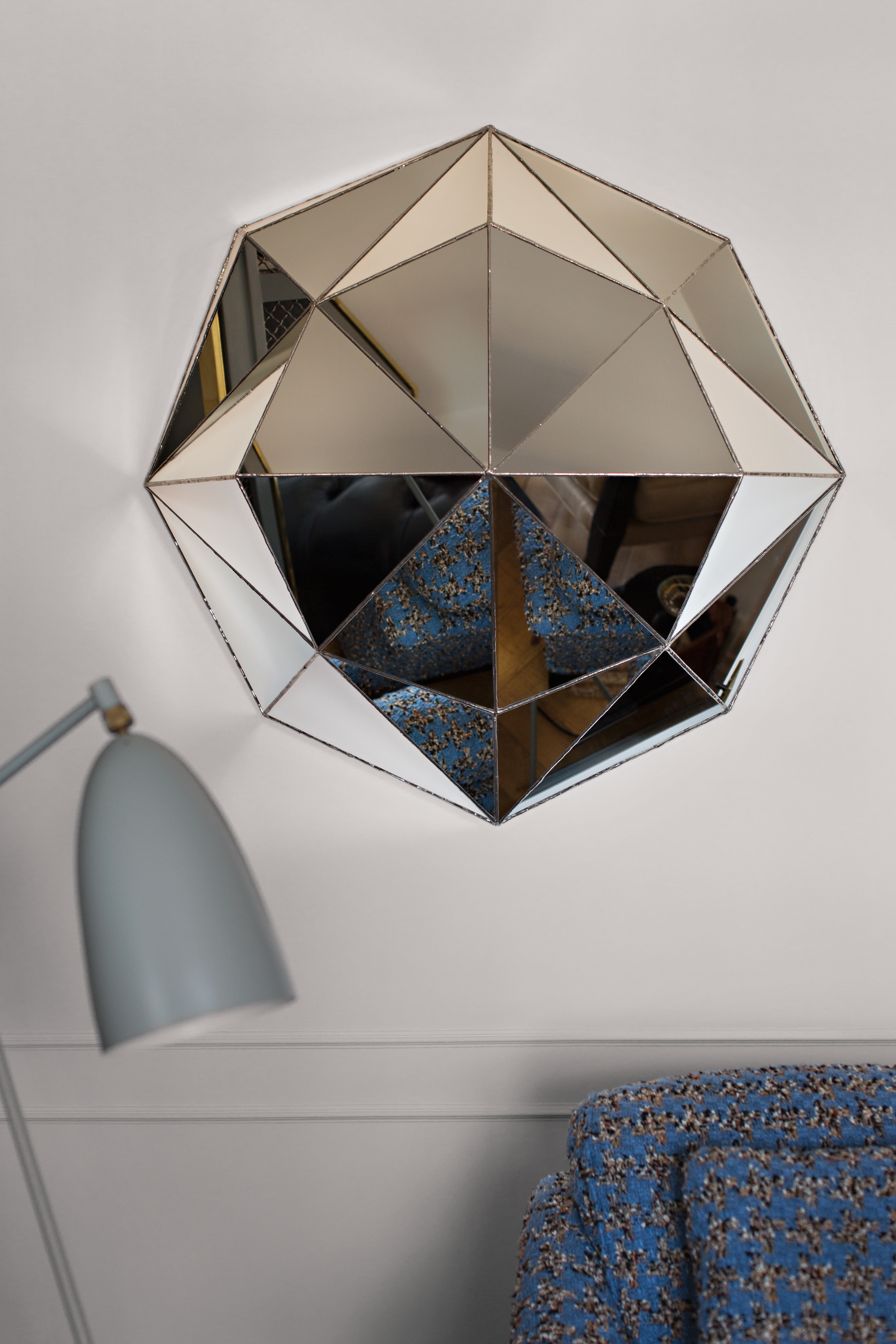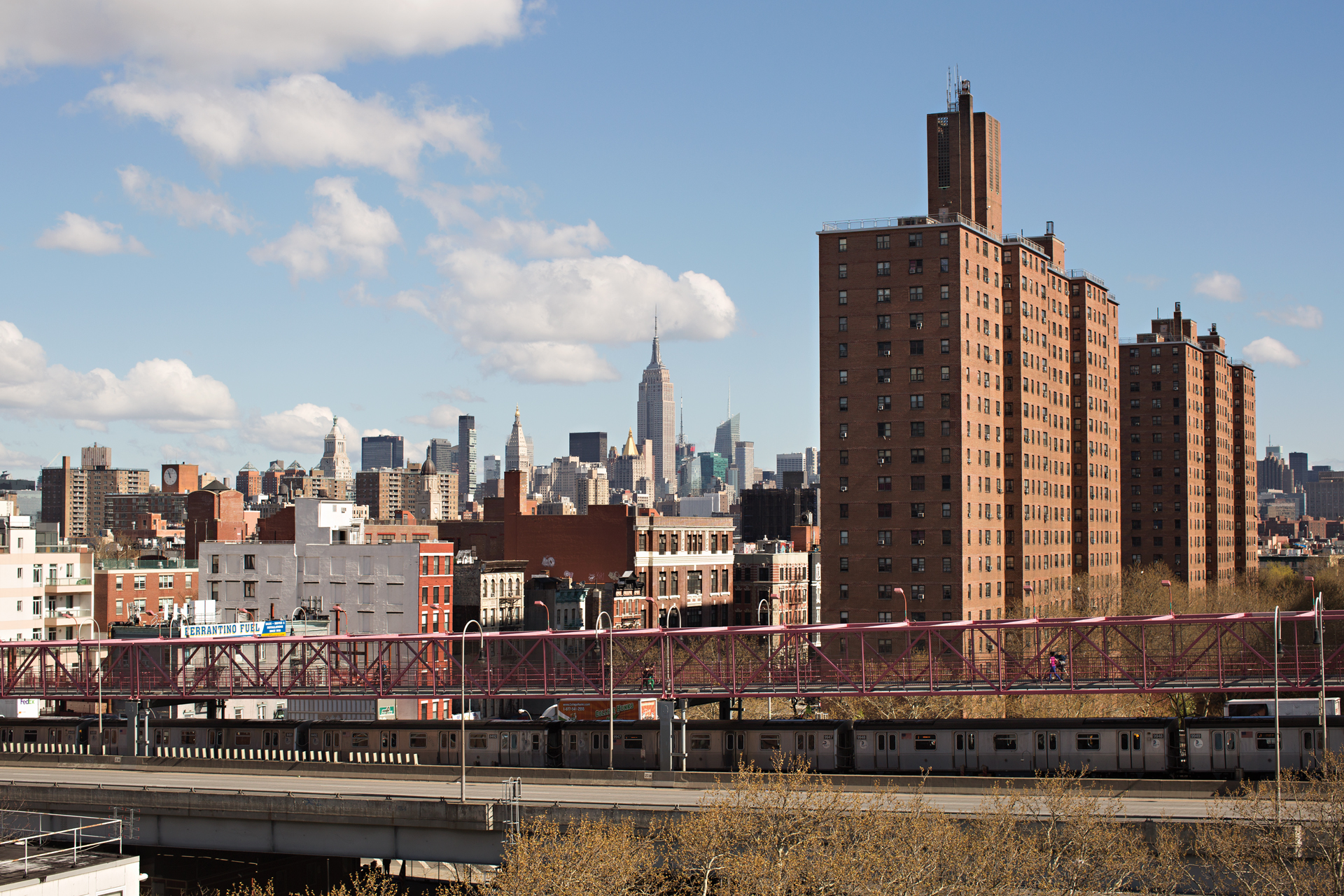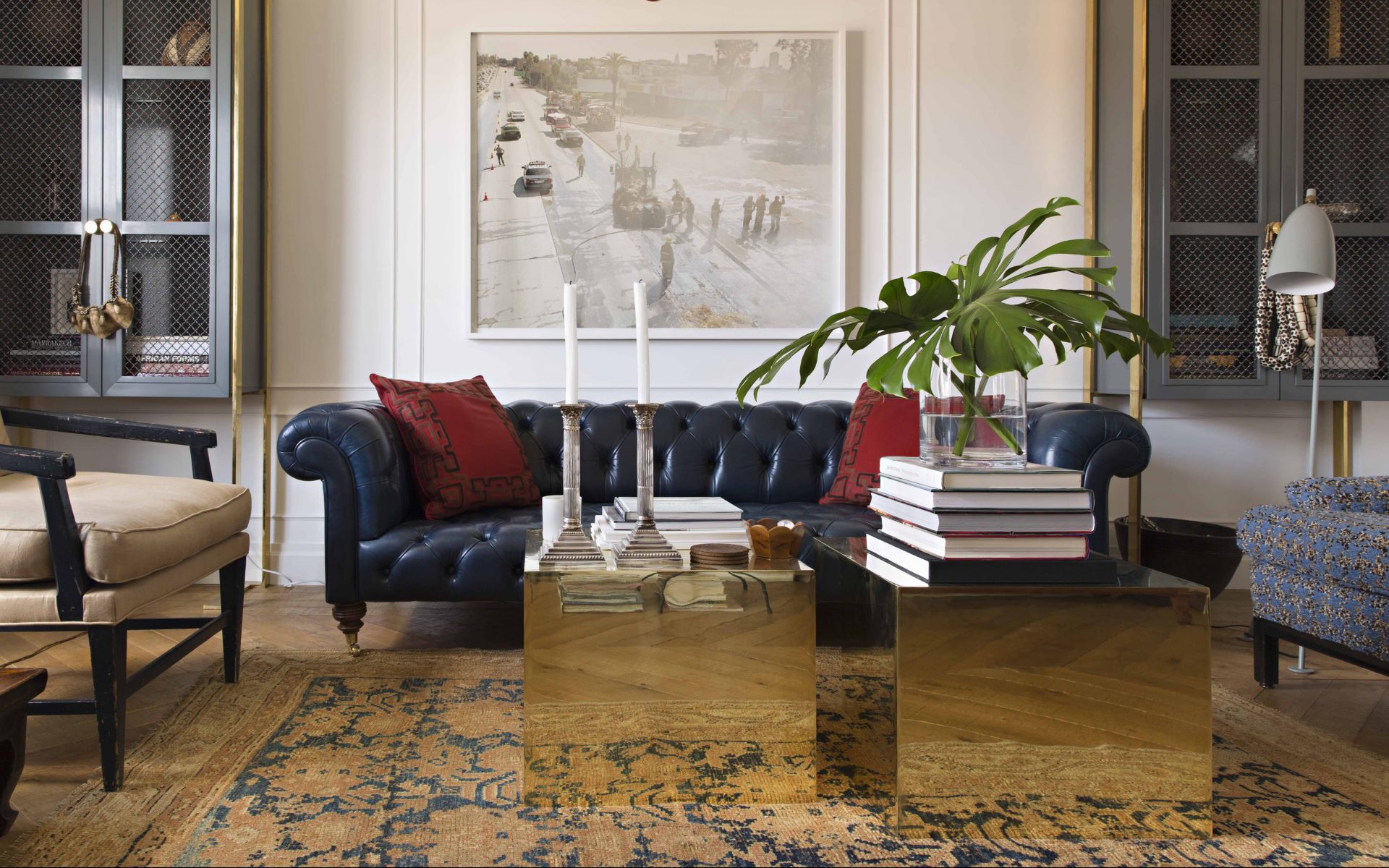

Edgy Art Gets a Refined Setting in Tim Campbell’s Manhattan Loft
The bicoastal designer shares the personal story behind his powerful collection of thought-provoking artwork
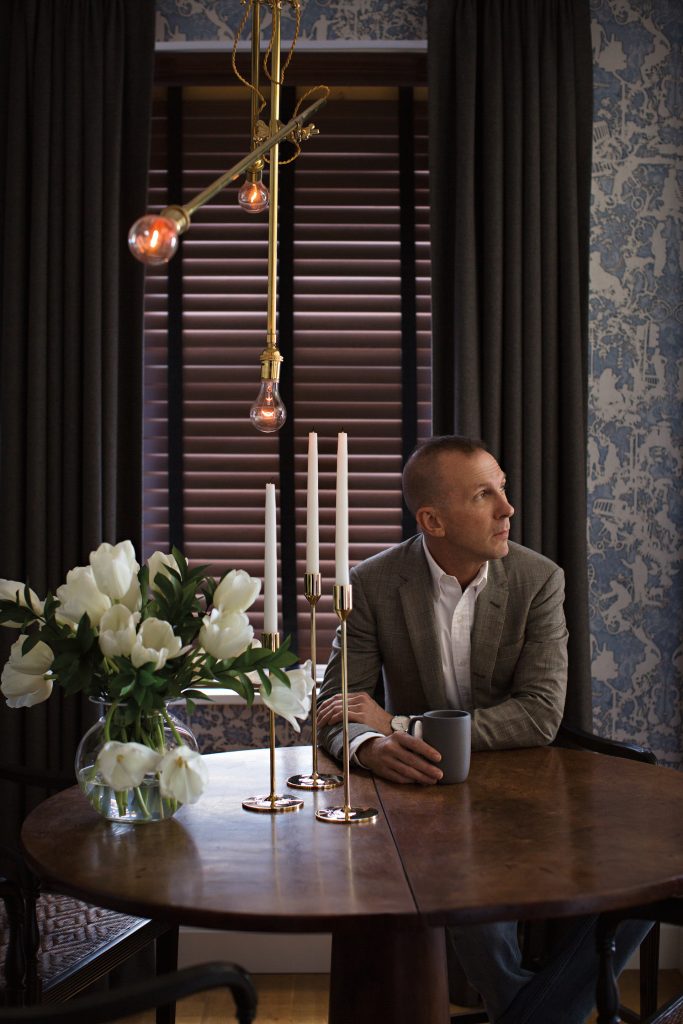
My apartment and its collection are centered around work that was originally created on the Lower East Side of Manhattan 40 years ago, by Peter Hujar and David Wojnarowicz. Radical for their time, the work remains controversial, even today. I remain completely confounded by that.
I’m fortunate to call both New York and Los Angeles home and I consider both cities lovers of a different kind. I designed and built my L.A. home, in 2001, specifically to show my collection of pointed political and social art. As L.A. is an easy city, in many ways I required a home that was a kind of brutal fortress. Conversely, my New York home is a bit softer around the edges, almost genteel. It is an ode—in an odd, deviant way—to Sting’s Englishman in New York, that he dedicated to the British writer Quentin Crisp.
I’ve filled the apartment with an eclectic collection of objects from my travels—African textiles, books, and the layers lacking in my Los Angeles home. The art I collected for New York, however, is no less pointed. Surrounding the Peter Hujar and David Wojnarowicz works are contemporary pieces by Glenn Ligon, Julie Heffernan, Andy Diaz Hope, Dru Donovan, Wolfgang Tillmans, Bill Jacobson, and Karin Apollonia Müller.

Each of these artists continues, in their own way, the narrative started by Hujar and Wojnarowicz. It’s a dialogue speaking to isolation, segregation, incrimination, and rejection of “the other,” which is sadly as relevant a conversation today as it was in the late 1970s. That period for me carried its own isolation. As the gay teenage son of a Southern Baptist preacher growing up in a dusty, time-forgotten town in Texas, the world of Hujar and Wojnarowicz was as unknown to me as the deepest reaches of the cosmos. I learned of their world soon after coming out, but only after that moment had passed.
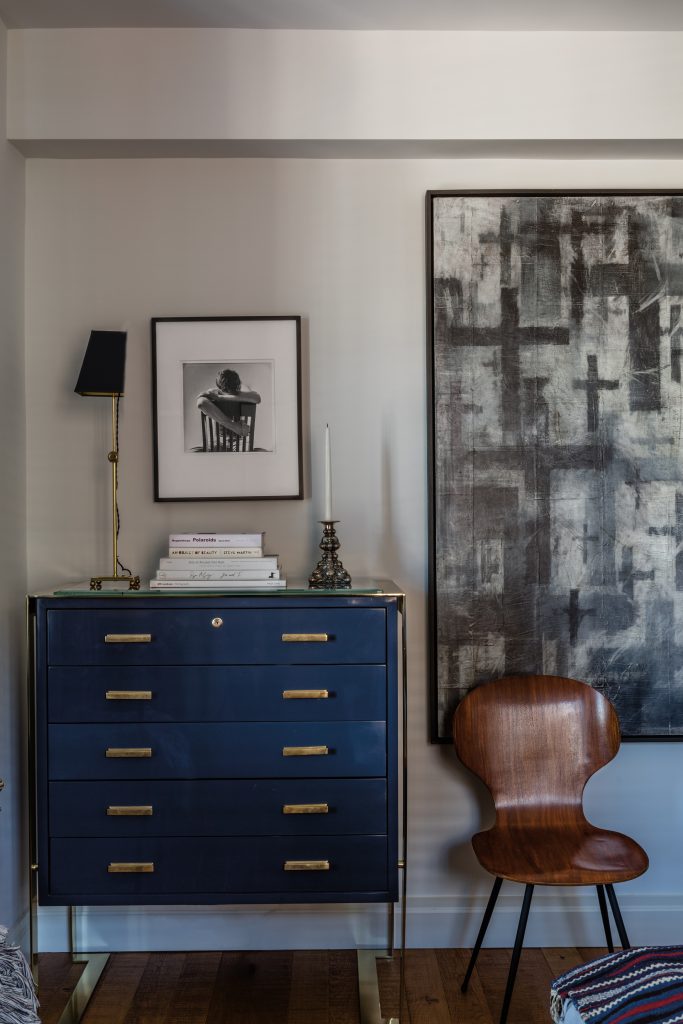
I’ve had a primal desire to “know” that time ever since—a longing for a party I was too young to attend. It’s a time that I think of as the Bardo, the transitional spaces between states, as expressed in The Tibetan Book of the Dead. Neither dawn nor dusk, neither birth nor death, it’s fleeting, rare, and ephemeral—making it all the harder to capture and impossible to remember.
Somehow those two artists encapsulated that moment—together representing a kind of sexual and social warrior, killed in his prime as much by politics, ignorance, and bigotry, as by AIDS. Theirs was a battle played out in the lofts, warehouses, and leather bars of the Lower East Side. I consider them the heroes of my tribe. And so for me to bring this work back to where it was first conceived is to fulfill an obligation, to go beyond not forgetting by remembering my brothers anew and honoring their bravery.
Their work and this apartment are my daily reminders to recall the pain and scorched emotional desert left in the wake of the AIDS crisis. To remember that I am afforded freedoms today that I’d not have had, had these men been less brave. To remember that by providing a place for them to live anew, in a contemporary context reflective of the narrative they began 40 years ago, we honor their struggle, their death, and their legacies. We must never forget, and remind those who follow that the ease of our gait was made so on the suffering of countless unnamed men like them. For me this work is “the Bardo” of my heritage as a gay man of a certain age, who walks and never runs, who suffers ignorance and smiles, and who in every way strives to be an Englishman in New York.
The first major survey of Tim Campbell’s work, Intentional Beauty (Pointed Leaf Press; $75), hit bookshelves in September of 2017.


